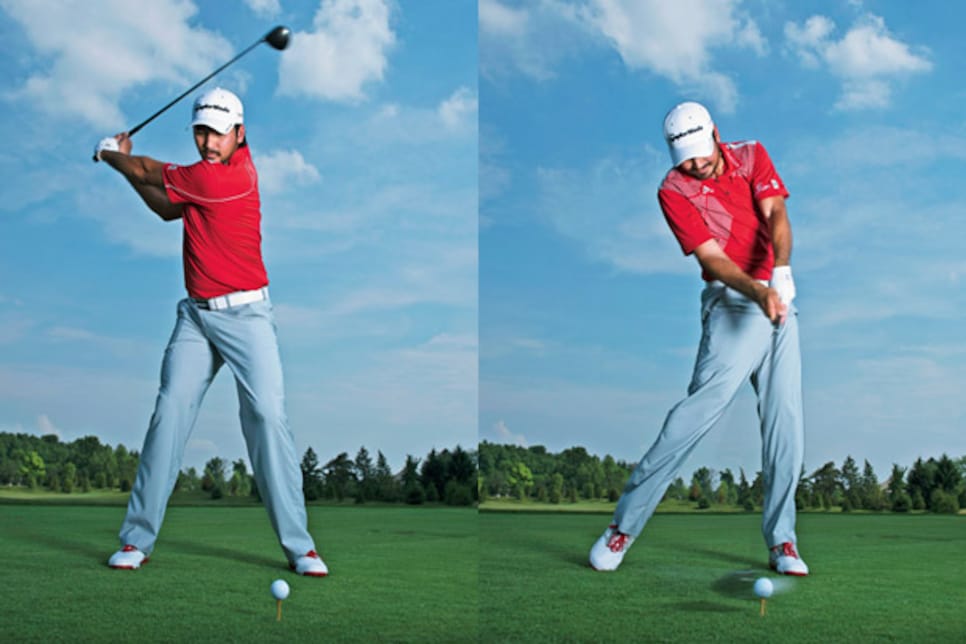One of the many wonderful things about golf is that it’s full of unrepentant golf nerds. Smart, passionate people who dive deep into various corners of the game, and then come back with some rather fascinating results for the rest of us.
The World Scientific Congress is a true meeting of the minds in this regard. Every few years the smartest minds in the game gather to share and discuss some of the various things they’ve uncovered through their research. It’s important work that filters its way all the way down the ranks of recreational golf, and eventually into your game, too. (You can donate to the World Scientific Congress of Golf right here, by the way!).
One of the things I found especially interesting in the most recent event was a study conducted by Toyo University PhD professor Daisuke Ichikawa. Let’s dive into the details…
The study 
In the study, which you can read here, 28 golfers were split into two different groups: “average golfers”, defined as having an average score of 94; and “skilled golfers”, defined as an average score of about 74.
Researchers had the two groups of golfers hit three batches of five drivers on the range. Golfers got to warm up before the test, and each player was instructed to treat their drives the same way they would on the golf course.
As they began hitting their drives, researchers measured five different metrics:
- Clubhead speed
- Club path
- Clubface-to-path
- Face-to-target
- Attack angle
After analysing the results, researchers found that skilled golfers had a higher angle of attack (meaning they hit up on the ball more), and faster clubhead speed than the group of average golfers. Meanwhile, they had smaller variations in their club path, clubface to target and clubface to path numbers than average golfers. The combined influence of all those things accounted for 60 percent of the difference between these two golfers – that’s before any other area of the game.
Interesting in itself, but the research turned up two key metrics that stood above the rest in terms of importance.
1. +2.2 mph = -1.5 strokes
The biggest single differentiator between average golfers and skilled golfers in the study was the ability to swing the golf club fast, which accounted for almost half of the scoring difference between the two groups. According to researchers, the study indicated that golfers would shave an incredible 1.5 strokes off your average score for every one metre per second increase in clubhead speed (the equivalent of 2.2 miles per hour) with their driver.
Simply put: the faster you swing the club, the more likely you are to shoot lower scores. So get speed training – it helps!
 2. The 1.2 degree difference
2. The 1.2 degree difference
But yes, like everything, there’s a catch.
Better players are undoubtedly better at swinging the club fast, and they shoot lower scores because of it. But in the study, the group of skilled golfers also did so with a more square clubface relative to their target.
As you can see in the chart above, the 90s shooters in the study, on average, had their clubface about 3.5 degrees left or right of their target, while the 70s shooters averaged 2.3 – more than a degree less, and with less variation from shot to shot (2.4 vs 1.8). One degree might not sound like a lot, but it’s the difference of about 10 metres.
Lots of pros and their coaches work on this by keeping a close eye on their grip, ball position and hitting punch shots on the range (usually a combination of all of the above).
Whatever works for you, it’s the combination of a slightly squarer clubface with more clubhead speed that turns a 90s skill level into a 70s golfer. It won’t happen overnight, but focus your energy on those two areas, and you’ll be on the right track.



